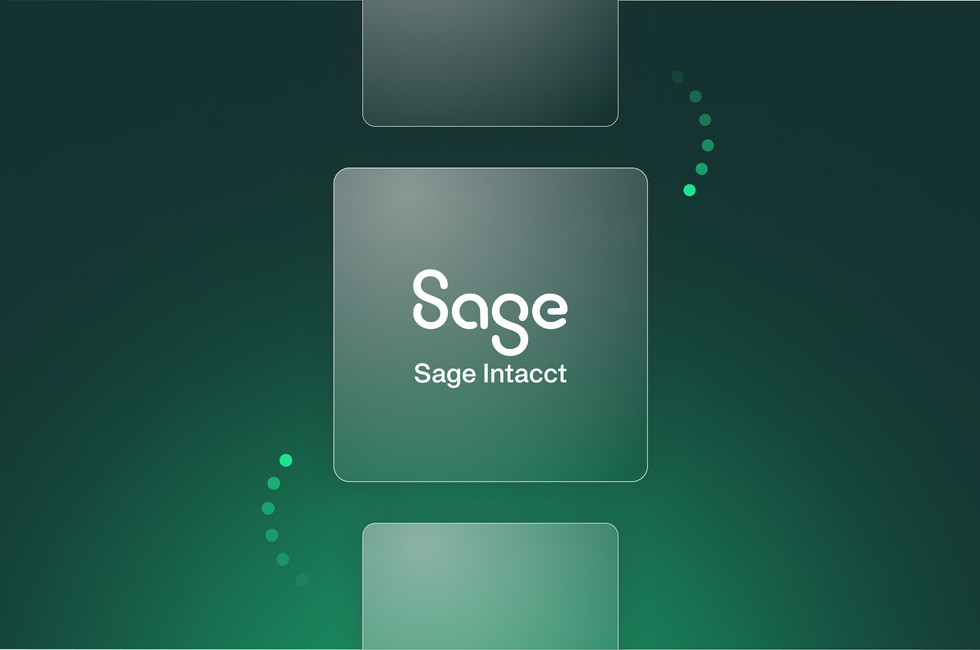
The biggest cross-border payment hurdles and how to overcome them



Cross-border payments have been growing rapidly in recent years. The global market is expected to leap from *$150 trillion in 2017 to $250 trillion by 2027 — a two-thirds increase in just ten years.
By submitting this form, you agree to receive emails about our products and services per our Privacy Policy.
This boom is due to more goods, services, capital, and people moving across borders, thanks to our interconnected global economy. International trade is now a key part of the economic system, and it’s hard to imagine a world without it. As supply chains spread across countries, cross-border payments have shot up too.
In short, cross-border payments are becoming more essential, keeping the global financial system running smoothly.

Boosting efficiency with innovative business models
With the rising demand for cross-border payments, new business models and players are shaking up the traditional financial scene. This market is booming with growth and competition. But despite their importance, many people don't really understand how these payments work.
Cross-border transactions rely on intermediaries to help companies, organizations, and even governments transfer money between countries. Essentially, payments are based on instructions that move money between accounts, debiting and crediting as needed. Since not all banks have direct ties to each other, intermediaries — sometimes several for complex deals — often step in to help.
These intermediaries, known as correspondent banks, provide accounts for the parties involved in a payment when there's no direct relationship between them. While crucial for global payments, this method can be slow and costly. The more intermediaries involved, the more complicated and expensive the transaction gets.
That’s why new innovators are entering the scene, aiming to streamline cross-border payments. They promise to make these transactions faster, cheaper, and more efficient.
Challenges with cross-border payments
The main challenge for cross-border payment providers is improving speed, access, transparency, and cost. Making an international payment is usually harder and more expensive than making a domestic one - sometimes up to ten times more costly. Traditional banking systems often take several days to process cross-border payments, causing frustrating delays for businesses.
Recognizing the importance of cross-border payments, the G20 committed in 2020 to improving these systems. They focused on identifying the friction points causing issues and aimed to build a more cohesive and efficient system.
The G20 pinpointed several problems that make cross-border payments tricky, such as the complexity, high costs, and delays in the current system.
1. Data formats
One big issue is the data formats traditionally used in cross-border payments. Different countries and systems use different standards and formats, making it hard to automate the process. This leads to delays and higher costs.
2. Compliance check processing
Another big challenge is dealing with compliance checks. The way regulations are enforced can vary greatly, meaning some transactions need multiple checks before going through. Banks often use different sources for these checks, which can flag issues and cause delays. This makes compliance checks costly to set up and hard to automate and often leads to payments being delayed or rejected.
3. Limited operating hours
Limited operating hours also cause problems with cross-border payments. Balances can only be updated when the settlement systems are open, leading to delays. This issue is sometimes called "trapped liquidity."
4. Legacy technology platforms
Old technology platforms used for cross-border payments typically rely heavily on batch processing and lack real-time monitoring. These systems don’t process data efficiently, causing delays in settlements. This delay affects domestic banking and is even worse for cross-border payments.
5. High funding costs
High funding costs are another frequent problem. To enable quick settlements, banks need to provide funding in advance, often in multiple currencies. This creates a risk for banks because they have to allocate funds for these transactions. The uncertainty of receiving incoming funds can then lead to overfunding, which drives up costs.
6. Long transaction chains
Long transaction chains are common with cross-border payments, adding to costs and delays. There's traditionally been weak competition in this field, so existing providers have had little incentive to improve affordability or efficiency. Other factors like capital controls, documentation requests, balance of payments reporting, and compliance processes add more friction, creating bottlenecks and serious delays.
Streamlining international payments with Payhawk
At Payhawk, we're all about simplifying the lives of financial professionals.
One way we do this is by making international transactions seamless and eliminating the need for multiple tools. With our comprehensive, cost-effective spend management solution, you get corporate cards, automated receipt data capture & reconciliation, customizable expense categories, and international payments all in one place.
Simon Shohet, Finance and Strategy Senior Manager at Alma, says,
Payhawk's international bank payments feature means we now have one platform to manage our payments, from employee reimbursements to paying suppliers across different currencies, including USD. We love that we don't have to switch between different providers to make payments and have a complete overview of spend in Payhawk.
The five biggest benefits of International Payments with Payhawk
1. Better control and visibility: Manage all your payments on one platform with real-time reconciliation to your ERP or accounting system, giving you ultimate spending visibility. Track spending, reimbursements, and invoice payments easily to maintain clear audit trails and comply with regulations.
2. Simplify global payments: Use one platform to oversee domestic and international payments and spending, eliminating the need to log into multiple systems.
3. Effortless global reimbursements: Process and reimburse expenses in multiple currencies and countries without hassle or unnecessary expense.
4. Eliminate manual processes: Speed up month-end processes with real-time reconciliation. Automated approval flows and executing payments directly from the platform make things quicker and more efficient.
5. Move faster: Make international payments faster than traditional wire transfers, with 55% delivered instantly and 93% within 24 hours.
Next steps?
International transactions are a staple of our global economy, yet cross-border payments still pose significant challenges. Your business shouldn't have to juggle numerous tools, cover high transfer fees, or struggle with both domestic and international transactions.
And with Payhawk, you don't have to. We'll help you take low-cost, rapid international payments, manage everything from one platform, and save time and money on global business spending.
Ready to transform your international payments? Schedule a demo to see this and other time-saving features in action.
*https://www.bankofengland.co.uk/payment-and-settlement/cross-border-payments
Trish Toovey works across the UK and US markets to craft content at Payhawk. Covering anything from ad copy to video scripting, Trish leans on a super varied background in copy and content creation for the finance, fashion, and travel industries.
Related Articles


Sage Intacct integrations with spend management: Worth it?

